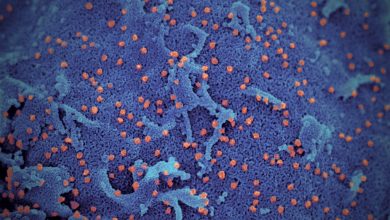研究
Emergence of a novel human coronavirus threatening human health
Nature Medicine, 27 Feb 2020
Leo L. M. Poon & Malik Peiris
Highlights
- A number of crucial knowledge gaps remain. These include the modes of transmission, the stability of the virus in environments, mechanisms of pathogenesis and effective treatments and vaccines.
- In the current circumstances, the most important question is that of disease severity. It is relevant to note that in the early stage of the 2009 H1N1 influenza virus pandemic, case-fatality estimates as high as 10% were reported. However, population-based age-stratified sero-epidemiological studies revealed that the true overall case fatality was about 0.001%. Thus, sero-epidemiology is needed for a reliable estimate of true disease severity.
- Past infection may also translate into population immunity, which are data that need to be accounted for in future transmission models of the virus. It is relevant to note that infection with MERS-CoV or MERS disease does not always lead to detectable antibody responses. If SARS-CoV-2 infection has antibody-response kinetics similar to those of MERS-CoV infection, this may have implications for sero-epidemiology and the development of herd immunity. Thus, research on both the antibody kinetics and cell-mediated immune-response kinetics of SARS-CoV-2 is a priority.
Full text available at https://www.nature.com/articles/s41591-020-0796-5

![Photo of [Nature Microbiology] Metallodrug ranitidine bismuth citrate suppresses SARS-CoV-2 replication and relieves virus-associated pneumonia in Syrian hamsters](https://fightcovid19.hku.hk/content/uploads/2020/10/Image-2-390x220.jpg)
![Photo of [Cell Reports Medicine] Oral SARS-CoV-2 inoculation establishes subclinical respiratory infection with virus shedding in golden Syrian hamsters](https://fightcovid19.hku.hk/content/uploads/2020/10/fx1_lrg-e1601870075235-390x220.jpg)
![Photo of [Science] Auto-antibodies against type I IFNs in patients with life-threatening COVID-19](https://fightcovid19.hku.hk/content/uploads/2020/08/national-cancer-institute-XknuBmnjbKg-unsplash-390x220.png)